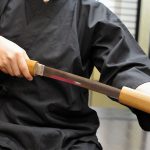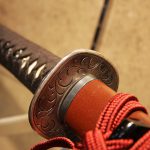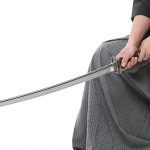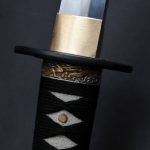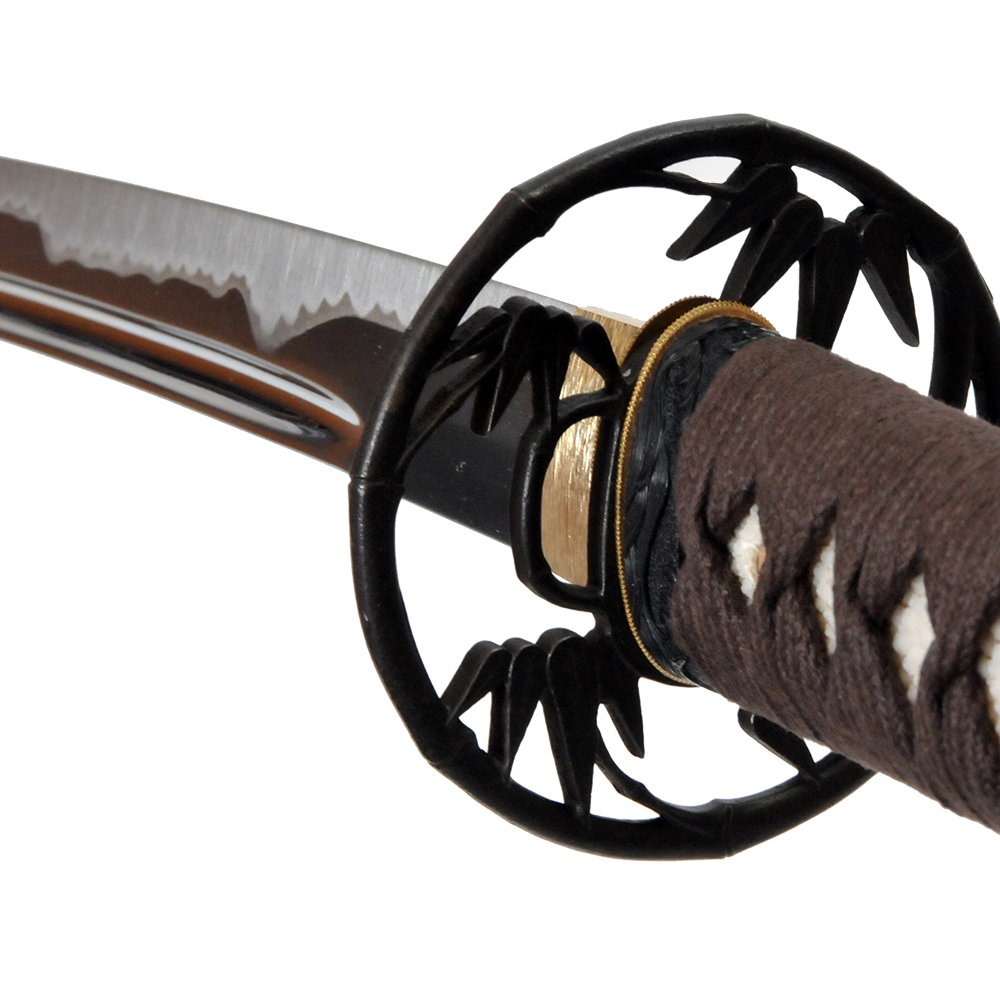
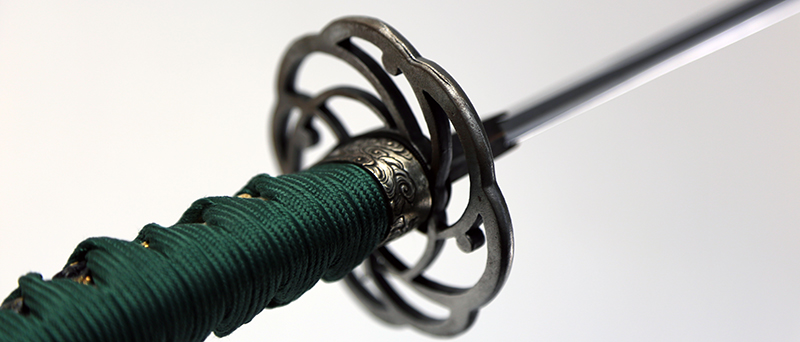
In this article we take a look at how to take care of your iaito and keep it in good condition. Caring for your equipment is an important part of budo after-all!
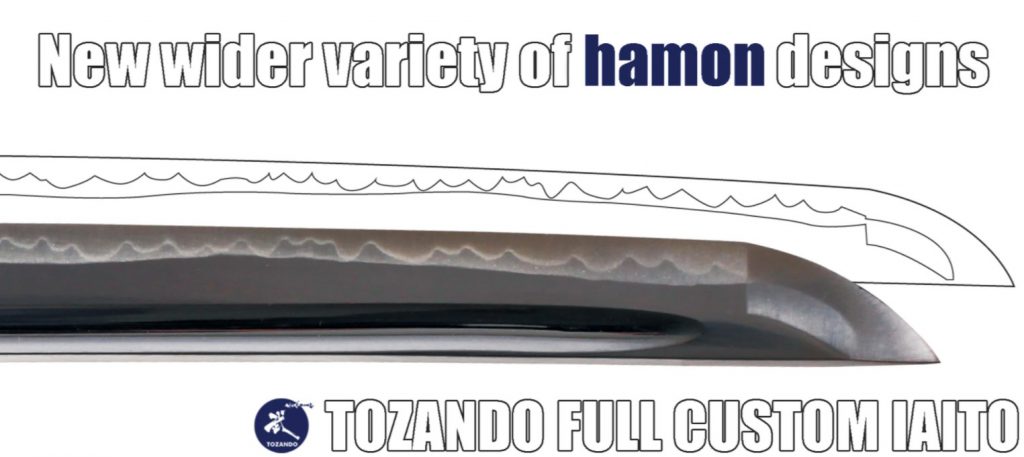
The iaito is a sword designed specifically for practicing iaido and uses an alloy blade instead of a ferrous metal like steel. However the other parts of the iaito are often indistinguishable from those of a real katana, such as the saya, tsuka, and other metal fittings. But since the blade is made of alloy, it has a chromium coating over it. The chromium painting is resistant to rust, so even if you leave it unattended for a while it will not deterioate that badly. It can get damaged with water, so if it gets wet you should wipe it with a dry cloth. For daily maintenance that should suffice.
However, if it gets really dirty or if you wish to keep it in good condition for a very long time, we recommend the following maintenance.
First, get a soft cloth with some ethanol or some other anhydrous alcohol, and wipe the blade. Use another soft cloth with a little bit of sword oil on it (clove oil is ideal), and wipe the blade. For the guard and edge, wipe gently with a soft cloth with a very small amount of sword oil.
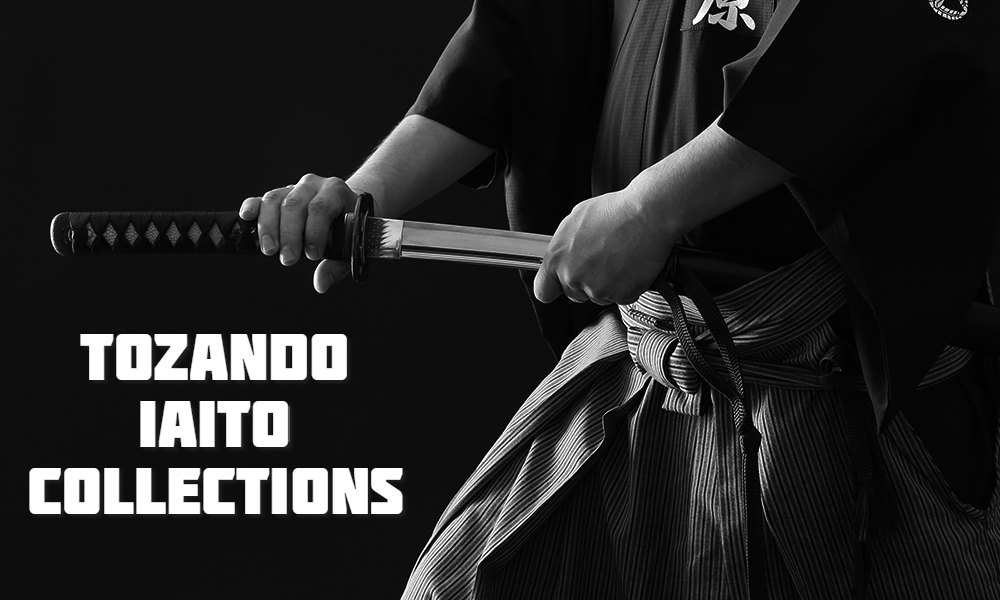
We will also list some common mistakes when maintaining Iaito.
1. Putting Uchiko(dusting power) on the Iaito Sword
Dusting powder contains powder from whetstones. Like compound powder, it is designed to remove old oil and polish the blade to regain the shine. If you use such dusting powder on a blade with chromium painting, it will cause gashing and the plating peeling off. If the plating peels off the alloy will get rusty.
2. Putting excessive amounts of oil on the blade
Unlike a real sword, the Iaito Sword is resistant to rust, so there is no need to put lots of oil on to it. If you put too much oil on and then put it back into the saya, the wood of the saya will absorb the oil and the mouth will become loose and the wood can be damaged.
3. Taking it apart
The Iaito Sword is designed as a practice sword based on a real katana, but unlike a katana it is not designed with the consideration that users would disassemble them. Unless you have a high level of knowledge and skills, do not take it apart yourself. Contact a specialist like Tozando if you think advanced maintenance is required. If you forcefully remove the blade from the shaft, it will cause the sword to become lose and the shaft to get damaged, which can be very dangerous.
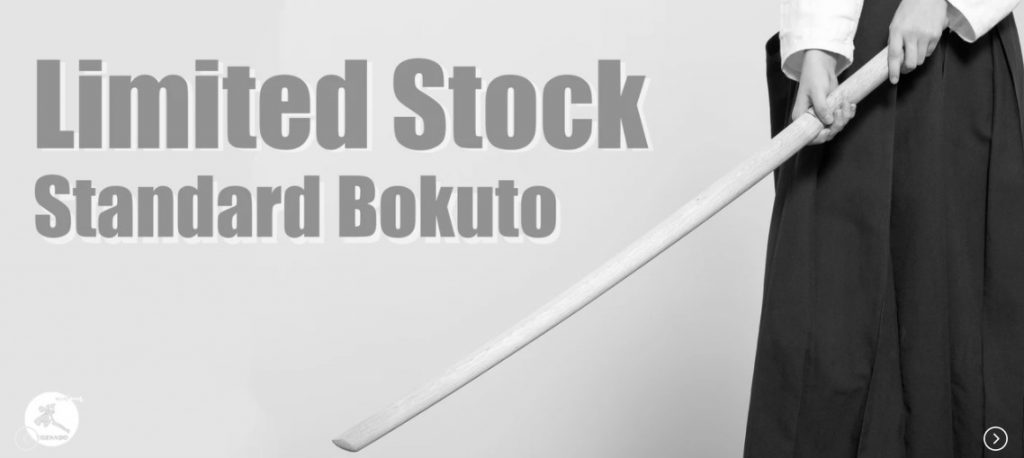
Japanese swords, which have been made with skill, have many important features and qualities that are added as the sword is made. Sometimes these can be seen, but often they are hidden. Sometimes certain maintenance work may seem easy, but it may affect parts of the sword you are not even aware of. So please take extra caution in dealing with swords, including the Iaito Sword.
By Matsuda Nayuta, Tozando Iaito Artisan
 | Did you like what you've just read? Check this out. |




